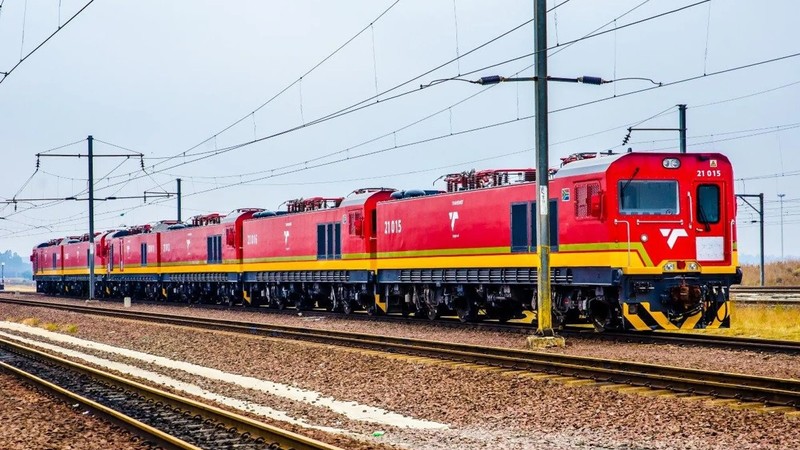A new White Paper has outlined detailed plans for the development of the Port of Gauteng, a massive inland logistics hub designed to relieve pressure on South Africa’s congested Durban–Gauteng Freight Corridor and transform the country’s freight transport landscape.
The document, released at the start of Transport Month, marks a key milestone for the R50 billion project — one of South Africa’s largest private-sector infrastructure initiatives.
Developer Francois Nortje said the Port of Gauteng aims to become Africa’s most advanced inland trade gateway, addressing chronic inefficiencies in the national logistics system while creating more than 50 000 permanent jobs.
“This premier trade gateway is set to transform Africa’s freight transport landscape by addressing critical inefficiencies in South Africa’s logistics system, while generating over 50 000 permanent employment opportunities and substantially improving road safety,” Nortje said.
He noted that South Africa’s economy is shifting towards a high-volume, low-margin model, driven by the rapid expansion of e-commerce platforms such as Shein, Temu, and Amazon, as well as growing imports of vehicles.
As freight volumes rise, these companies are expected to shift from air freight to container shipping, adding strain to the already overburdened Durban–Gauteng corridor.
The White Paper highlights that despite the 2013 National Development Plan’s target to shift half of all freight from road to rail by 2030, rail’s share has fallen to under 14%. With just four years left to meet national targets, Nortje said decisive action is urgent.
The proposed inland port, strategically located near the intersection of the N3, N12, and N17 highways and the Container Rail Corridor, is designed to restore balance by increasing rail efficiency, reducing logistics costs, and stimulating economic growth.
“The Port will feature two 2.2-kilometre flat rail alignments designed for efficient container handling, along with integrated solar power, rainwater harvesting, and advanced recycling systems,” Nortje said.
“The planned facility will include a world-class car terminal and container rail terminal, enabling rapid, high-volume throughput and seamless train-to-truck transfers.”
Nortje added that the project directly addresses the mounting crisis facing the Durban–Gauteng Freight Corridor, where rail currently moves less than 14% of volumes — far below the National Development Plan’s 50% target.
He said that Port of Gauteng’s innovative approach integrates Performance-Based Standards (PBS) vehicles — long truck and trailer combinations capable of carrying two containers — with enhanced rail infrastructure.
“This capability dramatically improves capacity and efficiency while reducing emissions. PBS integration enables optimal container pairing, significantly improving road safety by reducing truck traffic on the N3 by approximately one-third and ensuring safer, more dynamically stable heavy vehicles.”
Dr Paul Nordengen, director at Heavy Vehicle Transport Technology Africa, said that Port of Gauteng’s integration of PBS vehicles represents the most significant advancement in heavy vehicle transport efficiency seen in decades, reducing truck movements by up to 40% and improving safety outcomes on our most critical trade corridor.
Ulrich Joubert, an independent economist, said that the movement of transport from rail to road was due to the lack of maintenance of the rail system.
“Before we talk about the Port of Gauteng, we must see to it that the rail system between Durban Harbour and Gauteng is up to standard. I’m just of the opinion that to bring that rail system back to the efficiencies to get the 80 trains per day back on the rail will take some time,” he said.
Joubert added that he sees that they want to have a further three years to do research on the Port of Gauteng on this old system.
“It gives some time for the rail infrastructure to be brought back to the standard that it should be. What is interesting to me is that, by increasing the number of containers to be carried by one truck from one to two, and to think that they spoke about cutting the number of trucks by a third on the road, that, of course, will help,” he said.
“There are some factors that we still need some clarity on. Then, of course, the problem of getting the quality, the standard of rail infrastructure to the required standard and safety, that is going to take a lot of money and time.”
BUSINESS REPORT
